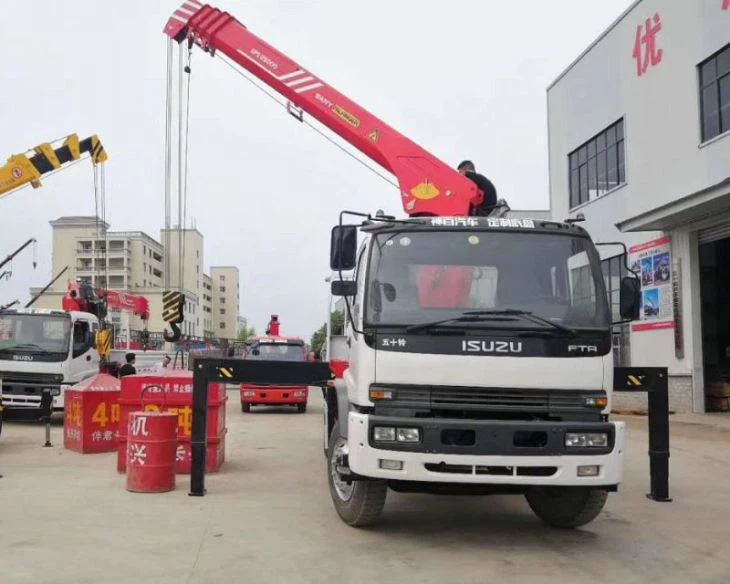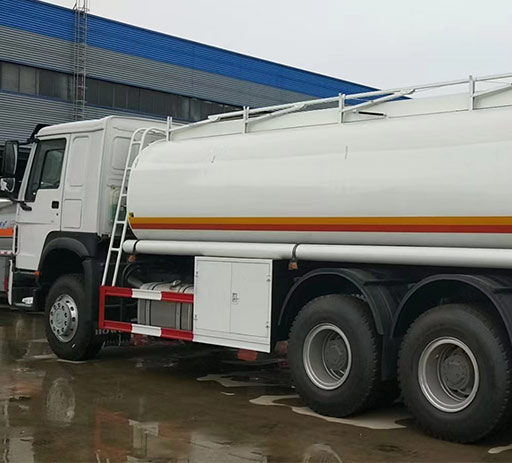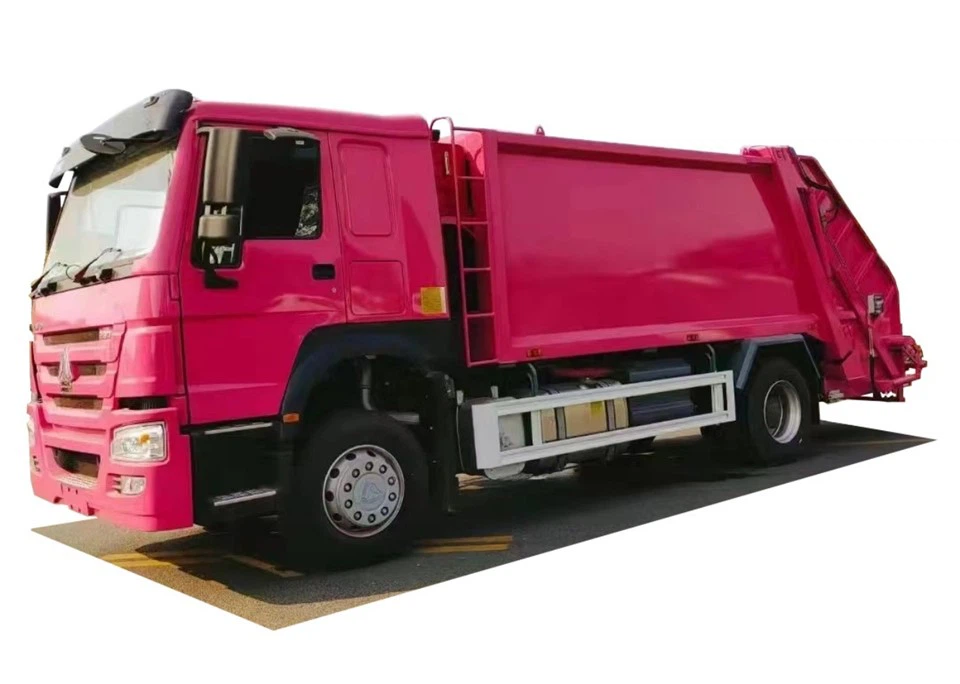Understanding Side Loaders: The Ultimate Guide

Introduction
Side loaders are essential tools in various industries, primarily used for lifting and moving heavy loads. This article will provide a comprehensive guide to side loaders, their types, applications, advantages, and practical tips for choosing the right side loader for your specific needs. Whether you are in material handling, shipping, or warehousing, understanding side loaders will help enhance your operational efficiency.
What is a Side Loader?
A side loader is a type of material handling equipment specifically designed to lift and transport goods from the side rather than from the front or back. This unique design allows for increased maneuverability in tight spaces, making side loaders ideal for various applications, including loading and unloading shipping containers, moving pallets, and handling bulk materials.
Types of Side Loaders
There are several types of side loaders, each designed to cater to different needs. Below are the most common types:
1. Dual Side Loader
The dual side loader is equipped with forks on both sides, allowing operators to pick up loads from two opposing directions. This design is beneficial for moving goods quickly and efficiently.
2. Electric Side Loader

Electric side loaders are powered by electricity, making them eco-friendly and suitable for indoor use. They are quiet and efficient, perfect for warehousing environments.
3. LPG Gas Side Loader
LPG gas side loaders are equipped with a gas-powered engine. They offer more power for heavy loads but may be less suitable for indoor use due to emissions.
4. Diesel Side Loader
Diesel side loaders are designed for heavy-duty applications. They are often used in outdoor settings due to their power and capability to handle larger loads.

5. Custom Side Loader
Some businesses may require specialized side loaders tailored to specific load dimensions or operational needs. Custom side loaders can be designed and built to accommodate unique requirements.
Applications of Side Loaders
Side loaders have diverse applications across various industries, including:
- Warehousing: Side loaders facilitate quick loading and unloading of goods in narrow aisles.
- Manufacturing: They are used to move raw materials and finished products efficiently.
- Shipping and Logistics: Side loaders are excellent for loading and unloading containers at docks and warehouses.
- Retail: Some retailers use side loaders to rearrange shelves and manage inventory.
Advantages of Using Side Loaders
Adopting side loaders in your operations provides several advantages, including:
1. Enhanced Maneuverability
The side-loading design allows operators to navigate tight spaces more easily when compared to traditional forklifts.
2. Increased Efficiency
Side loaders can speed up the loading and unloading process, reducing downtime and improving productivity.
3. Safe Handling of Heavy Loads
With proper design and powerful lifting capabilities, side loaders enable safe handling of large and heavy items.
4. Versatile Design
Side loaders are versatile and can be utilized in multiple environments, whether indoors or outdoors.
Choosing the Right Side Loader
Selecting the appropriate side loader requires careful analysis of your operational needs. Consider the following factors:

1. Load Capacity
Determine the maximum weight you will need to transport. Side loaders come in various load capacities, and it’s crucial to choose one that fits your requirements.
2. Power Source
Decide whether you need an electric, gas, or diesel side loader based on your operational environment and preferences.
3. Fork Length and Width
The dimensions of the forks play a significant role in the versatility of the loader. Longer or wider forks may be necessary for larger pallets.
4. Operator Comfort
Consider ergonomic features that enhance operator comfort, such as adjustable seating, visibility, and controls.
Maintenance Tips for Side Loaders
Regular maintenance is essential for ensuring the longevity and efficiency of your side loader. Here are some practical maintenance tips:
1. Regular Inspections
Conduct routine checks on hydraulic systems, brakes, and tires to identify issues early on.
2. Lubrication
Lubricate moving parts regularly to minimize friction and prevent wear and tear.
3. Battery Maintenance
For electric side loaders, ensure batteries are charged correctly and check for corrosion in connectors.
4. Cleanliness
Keep the side loader clean to prevent dust and debris from interfering with functionality.
Training Operators for Side Loader Use
Proper training for side loader operators is critical for safety and efficiency. Here are key areas to focus on:
1. Safety Protocols
Educate operators on safety guidelines, including the proper use of personal protective equipment (PPE).
2. Equipment Familiarization
Operators should understand the specific features and controls of the side loader they will be using.
3. Load Handling Techniques
Train operators on the best practices for lifting, moving, and stacking goods securely.
Cost Considerations for Side Loaders
The cost of acquiring a side loader can vary significantly based on factors such as type, brand, and additional features. Below are some costs to consider:
1. Initial Purchase Price
Assess your budget for purchasing new or used side loaders. Prices can range based on the model and included features.
2. Operating Costs
Consider fuel costs for gas or diesel units and battery replacement for electric models.
3. Maintenance Expenses
Build a budget for routine maintenance and any potential repairs that may arise.
4. Depreciation
Keep in mind the depreciation of the equipment over time, which can affect resale values.
FAQ About Side Loaders
1. What is the lifting capacity of a typical side loader?
Most side loaders have lifting capacities ranging from 1.5 to 8 tons, depending on the model and design.
2. Are side loaders suitable for indoor use?
Electric side loaders are generally suitable for indoor use due to their low emissions and noise levels. LPG gas side loaders can also be used indoors with proper ventilation.
3. How do I know if I need a side loader for my operation?
If your facility has narrow aisles or you frequently handle long loads, a side loader may be beneficial. Analyzing your operational constraints can help determine the need.
4. Can side loaders handle pallets?
Yes, side loaders are designed to handle pallets efficiently, especially in tight spaces where traditional forklifts might struggle.
5. What kind of maintenance do side loaders require?
Regular maintenance includes inspections, lubrication, battery care for electric models, and keeping the equipment clean.
6. Is operator training necessary for side loaders?
Yes, proper training for operators is vital to ensure safety and effective operation of side loaders.
